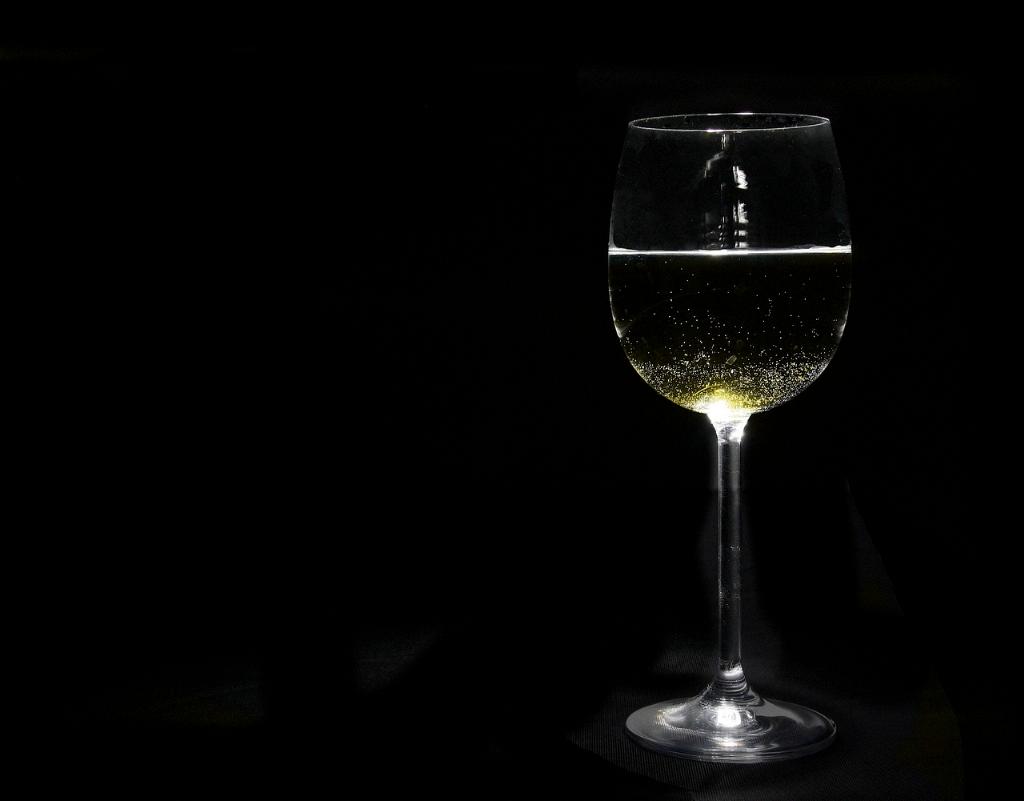When it comes to the world of wine, there are often many terms and phrases that can be confusing to those who are not familiar with them. One such term is “crianza.” What exactly does crianza mean in the context of wine? In simple terms, crianza refers to the ageing process that the wine undergoes before it is deemed ready for consumption. It is a crucial factor that plays a significant role in the flavor, aroma, and overall quality of the wine.
The Definition of Crianza
Crianza is a Spanish term that translates to “ageing” in English. It specifically refers to the period of time that the wine spends in oak barrels, as well as the additional time it spends in the bottle before it is released to the market. The ageing process is essential as it allows the wine to develop and mature, resulting in a more complex and balanced flavor profile. The exact duration of the crianza period can vary depending on the wine regulations of each specific region, as well as the type of wine being produced.
The Role of Oak Barrel Ageing
Oak barrel ageing is a crucial step in the crianza process. The wine is typically transferred to oak barrels after the fermentation process is complete. The oak barrels impart unique flavors and aromas to the wine, such as vanilla, spice, and toasted oak. This can enhance the overall complexity and depth of the wine’s flavor profile. The length of time that the wine spends in oak barrels can vary, but it is often a minimum of six months for red wines and three months for white wines.
The Importance of Bottle Ageing
After the wine has spent its required time in oak barrels, it is then transferred to bottles for further ageing. Bottle ageing allows the wine to continue its development in a controlled environment. During this period, the wine undergoes subtle changes in its characteristics, including the integration of flavors and the softening of tannins. The length of bottle ageing can also vary, but for crianza wines, it is typically a minimum of one year for red wines and six months for white wines.
How Crianza Impacts Wine Quality
The crianza process is essential in determining the overall quality of the wine. By allowing the wine to age, both in oak barrels and bottles, it gives the wine time to evolve and develop its unique characteristics. The oak barrel ageing adds complexity and depth to the flavor profile, while the bottle ageing allows the wine to become more harmonious and integrated. This results in a wine that is well-balanced, with smoother tannins and a richer aroma.
Regional Variations in Crianza Requirements
It is important to note that the specific requirements for crianza can vary depending on the wine region. Different wine regions have their own regulations and standards for how long a wine must age in oak barrels and bottles before it can be labeled as crianza. For example, in the Rioja region of Spain, red crianza wines must age for a minimum of one year in oak barrels and an additional year in the bottle. In other regions, the requirements may be shorter or longer.
Understanding Wine Labels and Crianza Designation
The crianza designation can often be found on wine labels, indicating that the wine has met the specific ageing requirements set by the region. This can be helpful for consumers when selecting a wine, as it provides an indication of the wine’s quality and style. However, it’s important to note that not all wines undergo the crianza process. Some wines may be released without any oak or bottle ageing, while others may undergo different ageing requirements such as Reserva or Gran Reserva.
Pairing Crianza Wines with Food
Crianza wines, with their well-developed flavors and balanced characteristics, pair exceptionally well with a variety of foods. The red crianza wines, with their moderate tannins and fruit-forward profiles, are excellent companions for grilled meats, roasted vegetables, and aged cheeses. On the other hand, white crianza wines, with their vibrant acidity and subtle oak influence, complement dishes such as grilled fish, poultry, and creamy sauces. Pairing the right food with a well-aged crianza wine can elevate the dining experience to new heights.

In Conclusion
In the world of wine, crianza refers to the ageing process that a wine undergoes before it is ready to be enjoyed. It involves both oak barrel ageing and bottle ageing, allowing the wine to develop complex flavors and aromas. The specific requirements for crianza can vary by region, but it generally involves a minimum period of ageing in both oak barrels and bottles. Understanding the significance of the crianza designation and its impact on wine quality can help wine enthusiasts appreciate and select wines that suit their preferences and pair well with their favorite foods.
